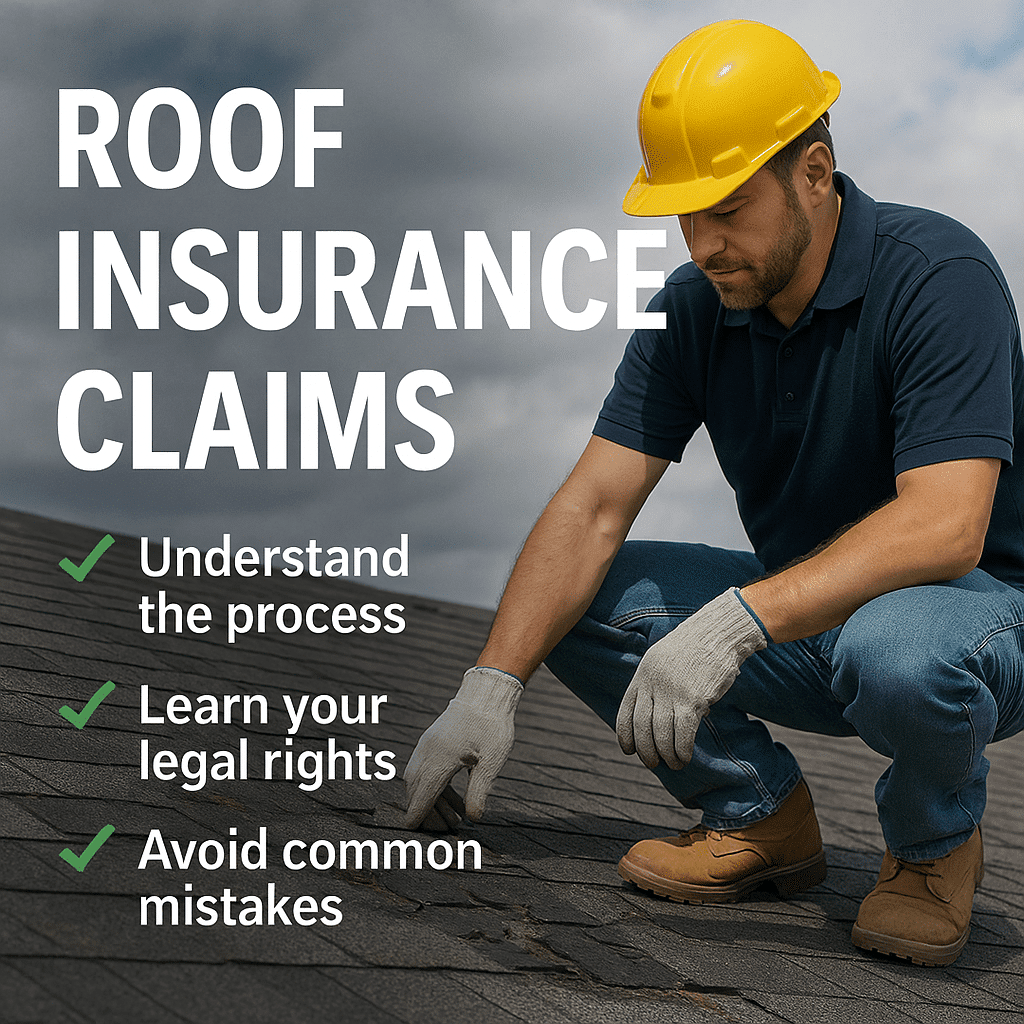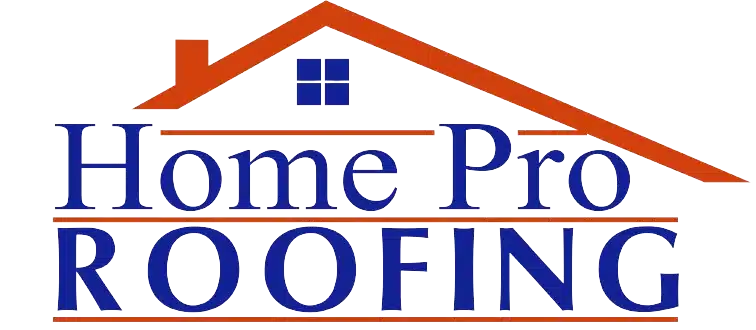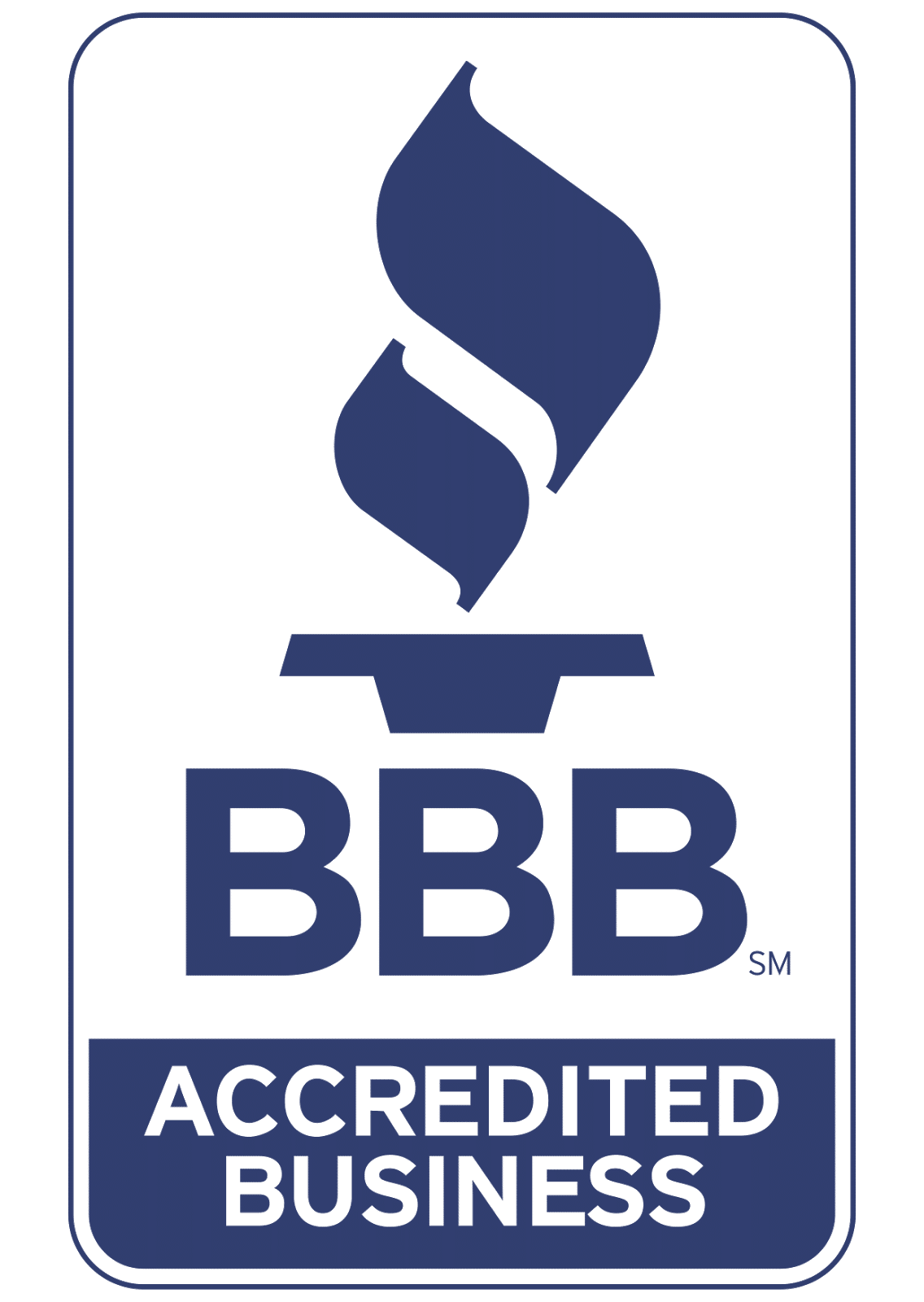Roof Insurance Claims

How to File a Roof Insurance Claim After Storm Damage
Filing a roof insurance claim isn’t always the obvious choice and in many cases, it depends on the extent of the damage, your deductible, and whether the event was part of a larger storm system or an isolated issue.
Most homeowners insurance policies only pay out if the cause of damage is considered “sudden and accidental,” such as hail, windstorms, or falling debris, not general wear and tear or aging shingles. If the repair cost is less than or close to your deductible, filing a claim might not be worth it, especially since insurers track claim history through databases like CLUE (Comprehensive Loss Underwriting Exchange), which can affect future premiums.
On the other hand, if a widespread storm event occurred and other homes in your neighborhood also sustained damage, insurers may treat your claim as part of a catastrophe-level incident, which is less likely to result in individual rate increases.
That’s why many homeowners start with a no-obligation roof inspection from a roofing contractor like Home Pro Roofing.
We assess the damage, document the cause, and help you decide whether filing a claim is justified based on your policy and current market repair costs.
What Is a Roofing Insurance Claim?
A roofing insurance claim is a formal request filed with your homeowners insurance provider to cover the cost of repairing or replacing your roof after it’s been damaged by a covered peril – typically hail, wind, falling trees, or other storm-related events. It’s not just about reporting damage; it’s a process governed by policy terms, state regulations, and the insurer’s internal guidelines.
Most standard home insurance policies cover “sudden and accidental” damage but exclude long-term issues like neglect, improper installation, or general aging. Once you file a claim, the insurance company assigns an adjuster to inspect your roof, evaluate the scope of damage, and determine whether it qualifies for repair or full replacement based on your policy.
Depending on whether you have an ACV (Actual Cash Value) or RCV (Replacement Cost Value) policy, your payout may be reduced for depreciation. Roofing insurance claims also trigger administrative steps, like claim number assignment, documentation requirements, and sometimes coordination with your mortgage company if they’re listed on your policy.
Types of Roof Damage Insurance Usually Covers
Most homeowners insurance policies cover roof damage caused by sudden, external events, but not all damage is treated equally. Covered perils typically include hail strikes that bruise or fracture shingles, windstorms that lift or tear roofing materials, fallen tree limbs or debris during a storm, and ice dams that force water under shingles and into the roof structure. These are classified as “sudden and accidental,” which is the standard threshold for coverage. Damage from long-term exposure, poor maintenance, or manufacturer defects is generally excluded.
Coverage may also depend on the age and condition of your roof – older roofs may receive depreciated payouts under ACV (Actual Cash Value) policies, while newer roofs with RCV (Replacement Cost Value) policies are more likely to qualify for full replacement. Some insurers apply special limits or exclusions in high-risk areas, so what’s covered can vary by state, roofing material, and policy endorsements.
How the Roof Insurance Claim Process Works
The roof insurance claim process typically begins right after a storm event causes visible or suspected damage. Within the first 24 to 72 hours, most homeowners contact a trusted roofing contractor, like Home Pro Roofing, for a free inspection and photo documentation. If the damage is confirmed and deemed claim-worthy, you’ll file a claim with your insurance provider, usually the same day.
The insurer assigns a claim number and dispatches an adjuster, who will visit your property within 3 to 7 business days to evaluate the roof and create a scope of loss. The on-site inspection usually takes 1 to 2 hours, and the adjuster’s report is finalized within 48 to 72 hours. After approval, the insurance company issues an initial payment, typically within 5 to 10 business days, based on the Actual Cash Value (ACV) of the loss, minus your deductible and depreciation.
Roof replacements are generally scheduled within 1 to 3 weeks after payment. If your mortgage company is listed on your policy, they may need to endorse the insurance check or conduct a post-repair inspection before the final funds are released, which can add another 7 to 14 days. Throughout the process, your contractor can assist with documentation, supplemental claim requests, and compliance with building codes, but cannot negotiate your claim payout unless they’re a licensed public adjuster.
What If the Adjuster Misses Something?
It’s not uncommon for insurance adjusters to overlook part of the damage during their initial inspection, especially with roofing systems where issues like underlayment damage, flashing failure, or decking rot may not be immediately visible. If this happens, your contractor can submit a supplemental claim, a formal request to the insurance company for additional funds. Most insurers process supplements within 5 to 15 business days. Home Pro Roofing routinely identifies missed line items such as code-required ice and water shield or ventilation and submits them properly. If you believe your claim was significantly undervalued or denied in error, you may also request a reinspection or bring in a public adjuster for a second opinion.RCV vs. ACV: What Kind of Policy Do You Have?
One of the most important factors in how much your insurance will pay for a roof replacement is whether your policy is RCV (Replacement Cost Value) or ACV (Actual Cash Value). RCV reimburses you for the full cost of restoring your roof with similar materials, minus your deductible. ACV, on the other hand, deducts for depreciation. For example, a 15-year-old roof might only receive 50% of the replacement cost under ACV. Many homeowners don’t realize what kind of policy they have until they file, check your declarations page or ask your agent. Home Pro Roofing helps identify coverage types upfront, so there are no surprises when your estimate comes back short.What Your Roofer Can (and Can’t) Do Legally
In most states, roofing contractors are not legally allowed to negotiate with your insurance company on your behalf unless they are licensed public adjusters. However, Home Pro Roofing can assist with inspections, documentation, estimates, and adjuster coordination. We submit supplemental documentation, meet building code requirements, and guide you through every step, all while staying fully compliant with local laws. Be cautious of roofers who offer to waive deductibles or “handle your claim” for you, these tactics are often red flags for insurance fraud.Do You Have to Use the Insurance Company’s Roofing Contractor?
No, you’re not required to use your insurer’s preferred roofing contractor. While insurance companies may suggest a vendor from their network, homeowners are legally allowed to choose any licensed contractor. Home Pro Roofing regularly works with all major insurers and submits detailed estimates that comply with industry standards and local building codes. Choosing your own contractor ensures you have someone advocating for your best interests, not the insurer’s bottom line.Will Filing a Claim Raise Your Insurance Premium?
Filing a claim may affect your premiums, but it depends on the situation. If your claim is part of a region-wide storm (a catastrophe event), it’s less likely to raise your individual rate. However, isolated claims, like a tree branch puncture or a leak not tied to a storm, can trigger a premium increase or even a non-renewal. Claims are recorded in the CLUE database for up to seven years. Home Pro Roofing helps you evaluate whether filing a claim is worth it based on your deductible, damage severity, and long-term cost impact.Working with Your Mortgage Company on Insurance Payments
If you have a mortgage, your insurance check may be made out to both you and your lender. Most lenders require proof of repairs, including contractor contracts, photos, and inspections, before endorsing the check or releasing funds. This can add 7 to 14 business days to the process. Home Pro Roofing assists with all paperwork and lender communications to keep your claim moving forward.Protecting Your Home, Elevating Its Value—Expert Roof Replacements You Can Trust!
Can You Keep the Money Without Doing Repairs?
In most cases, no. If you have a mortgage, your lender will require that the funds be used for repairs. Even if you own your home outright, leaving damage unrepaired could violate your policy, void future coverage, and expose you to structural issues. Home Pro Roofing recommends completing all approved work and submitting documentation to protect your property and stay in compliance.
Avoiding Common Mistakes with Roofing Claims
Common mistakes include delaying your claim, failing to document damage, accepting incomplete scopes, and hiring contractors based on price instead of experience. Waiving deductibles or agreeing to “free roof” schemes can result in claim denial or fraud accusations. Home Pro Roofing helps you avoid these pitfalls by guiding you from start to finish.
Why Homeowners Choose Home Pro Roofing
Home Pro Roofing combines insurance fluency with high-quality roof installation. We document damage thoroughly, attend adjuster inspections, help with mortgage requirements, and ensure that all code-compliant repairs are covered in your claim. We don’t cut corners or make shady offers, just honest, experienced help when you need it most.
Schedule a Free Roof Inspection Before You File
Not sure if your damage warrants a claim? Start with a no-pressure, no-cost inspection from Home Pro Roofing. We’ll provide detailed photos, documentation, and honest guidance about whether you should file. If you do, we’ll support you through the entire process, from estimate to final payment — so you can focus on restoring your home, not fighting your insurer.
Book your inspection today – before you file your claim. Call (888) 367-8063 now.


